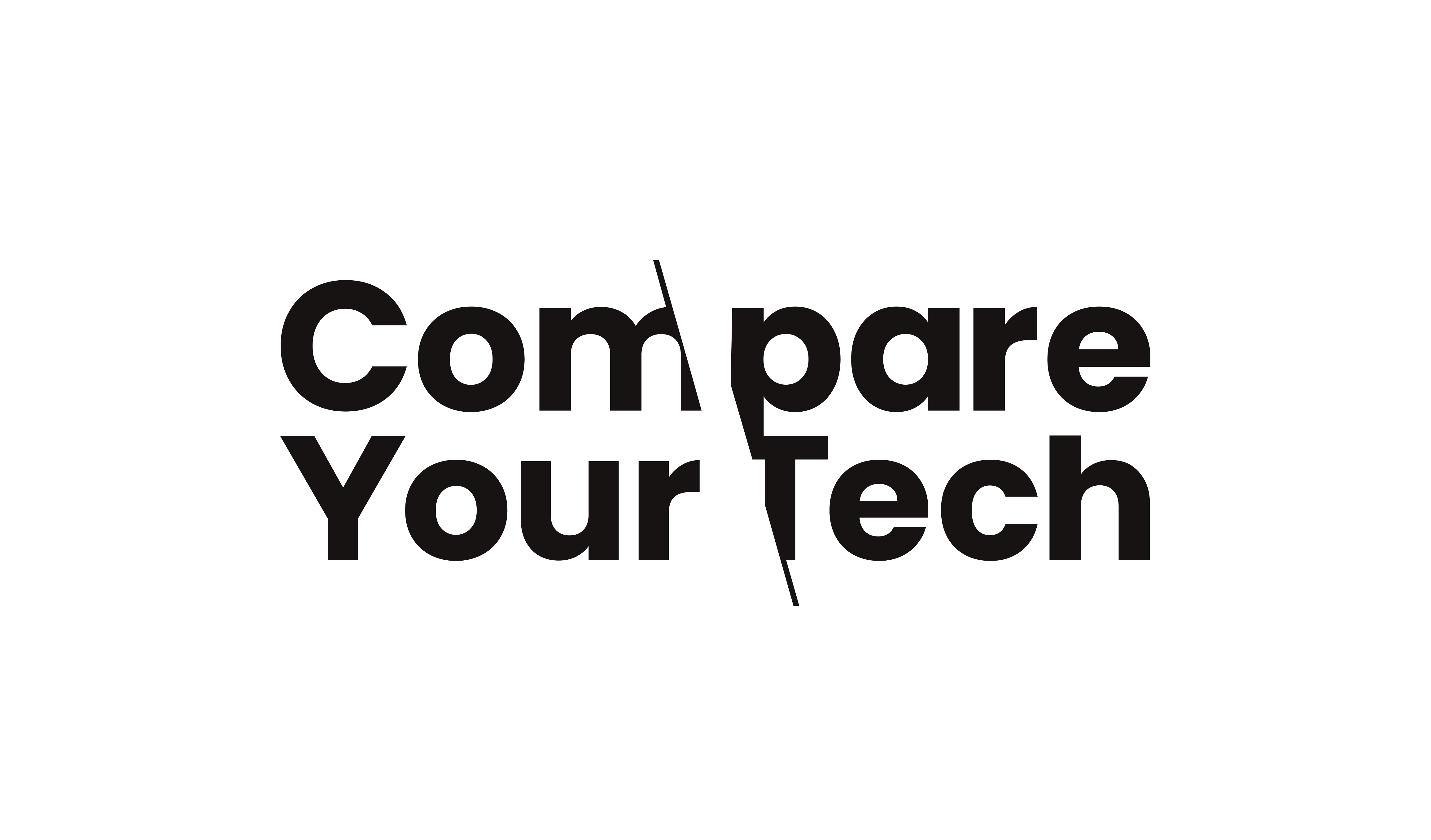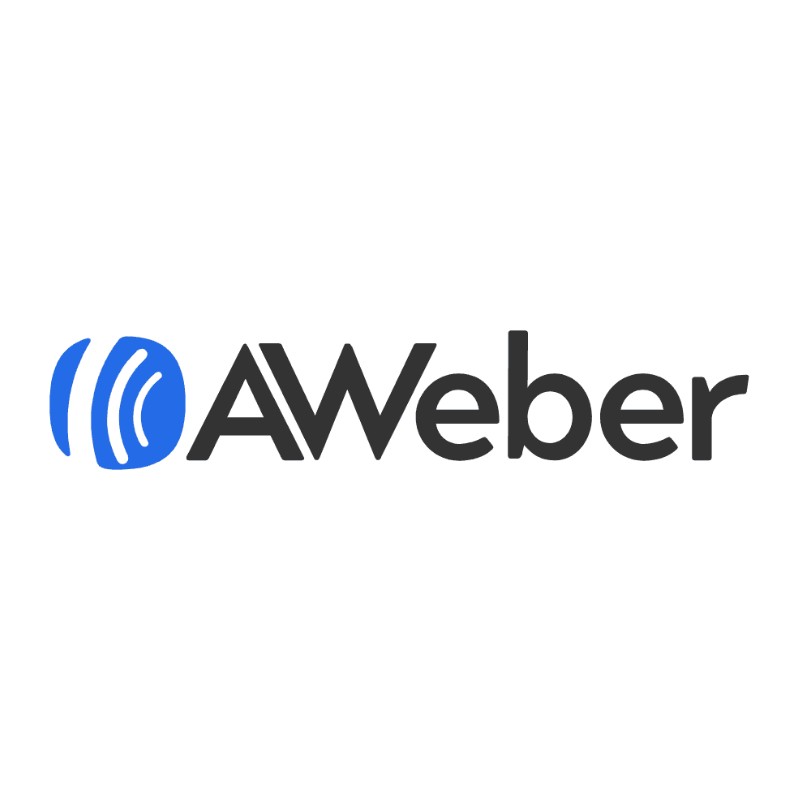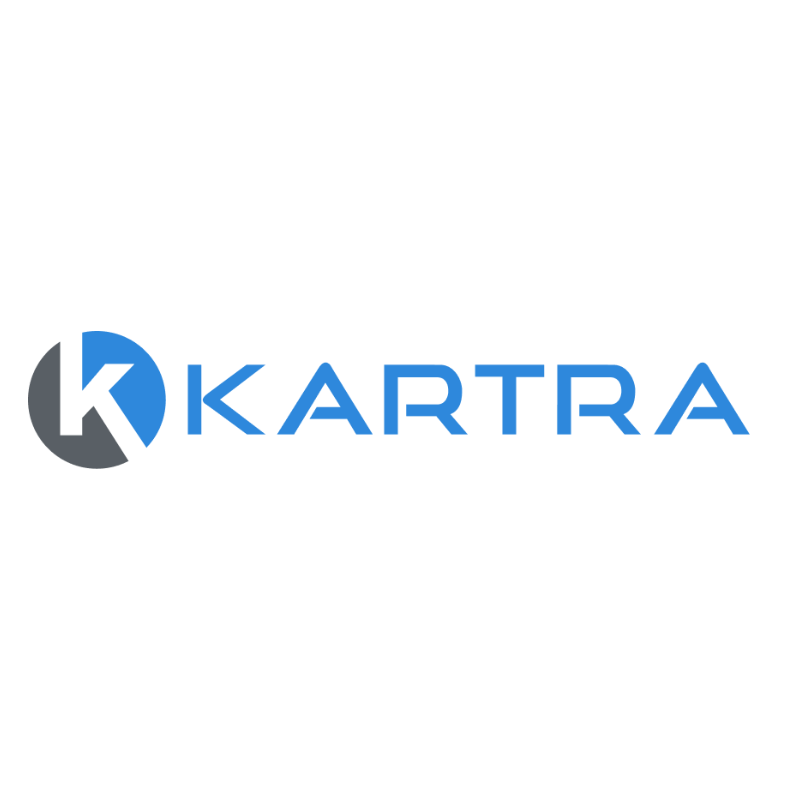FAQ'sFrequently Asked Questions about Helm
Who are Helm?
Helm is an open-source package manager for Kubernetes, designed to streamline the deployment and management of applications on Kubernetes clusters. It provides a way to define, install, and upgrade even the most complex Kubernetes applications.
What are Helms products?
Helm primarily offers the Helm CLI (Command Line Interface), which allows users to manage Kubernetes applications through charts. Charts are packages of pre-configured Kubernetes resources that simplify the application deployment process.
What services do Helm offer?
Helm offers services related to application packaging, deployment, and management on Kubernetes. This includes chart maintenance, version control, and integration with continuous deployment pipelines.
What type of companies do Helms products suit?
Helms products are suitable for companies of all sizes that utilise Kubernetes for application deployment and management, particularly those in technology, finance, healthcare, and e-commerce sectors.
How much does Helms product cost?
Helm is an open-source tool, which means it is free to use. There are no direct costs associated with using Helm itself, but users may incur costs related to their Kubernetes infrastructure.
Does Helm offer a free trial?
As Helm is an open-source project, there is no need for a free trial; users can freely download and use the software without any limitations.
What discounts does Helm offer on their products?
Helm does not offer discounts as its products are open-source and available for free. There are no paid tiers or services associated with Helm.
Are there any hidden fees or additional costs with Helm?
There are no hidden fees or additional costs associated with the use of Helm itself. However, users should be aware of the costs related to their Kubernetes infrastructure, which may vary based on the cloud provider or on-premises setup.
Who uses Helms products?
Helm is used by developers, DevOps engineers, and system administrators who are involved in managing Kubernetes applications. It is popular among teams looking to automate deployments and manage application lifecycles efficiently.
What are the main features of Helms products/services?
- Chart management for Kubernetes applications.
- Version control for application deployments.
- Dependency management for complex applications.
- Easy installation and upgrades of applications.
- Support for customisable configurations through values files.
How does Helm compare to its competitors?
Helm is one of the most widely used package managers for Kubernetes, compared to others like Kustomize or Operators. While Kustomize offers a different approach to managing Kubernetes resources, Helms templating and chart capabilities provide a comprehensive solution for application packaging and deployment.
Is Helms platform easy to use?
Yes, Helm is designed to be user-friendly, with a straightforward CLI that allows users to manage applications easily. The use of charts simplifies complex deployments, making it accessible for both new and experienced users.
How easy is it to set up Helms product or service?
Setting up Helm is relatively simple. Users can install Helm through package managers like Homebrew or by downloading binaries directly from the Helm website. Configuration is straightforward, and comprehensive documentation is available to assist users.
Is Helm reliable?
Helm is widely regarded as a reliable tool within the Kubernetes community. It has a strong user base and is actively maintained, with regular updates and improvements being made to enhance its functionality.
Does Helm offer customer support?
As an open-source project, Helm does not offer traditional customer support. However, users can access community support through forums, GitHub issues, and various online resources to seek assistance.
How secure is Helm’s platform?
Helm employs security best practices, including the use of signed charts and role-based access control (RBAC) when integrated with Kubernetes. Users are encouraged to follow security guidelines and keep their Helm installations updated to mitigate risks.
Does Helm integrate with other tools or platforms?
Yes, Helm integrates well with various continuous integration and continuous deployment (CI/CD) tools, such as Jenkins, GitLab CI, and GitHub Actions. This facilitates automated deployments and enhances workflow efficiency.
Can I use Helm on mobile devices?
Helm is primarily a command-line tool and is not designed for mobile use. However, users can access Helm through terminal applications on mobile devices that support SSH connections, although this is not a common use case.
What do users say about Helm?
Users generally praise Helm for its ease of use, powerful templating capabilities, and the ability to manage complex Kubernetes applications efficiently. However, some may find the learning curve steep initially, particularly for advanced features.
What are the pros and cons of Helm?
- Pros: Simplifies application deployment, strong community support, flexible templating, and version control.
- Cons: Initial learning curve for advanced features, reliance on Kubernetes for functionality, and potential complexity in managing chart dependencies.
How can I purchase Helm’s services?
Helm is free to use and does not require purchasing services. Users can download and start using it immediately from the official Helm website.
What is the cancellation or refund policy for Helm?
As an open-source tool, Helm does not have a cancellation or refund policy, as there are no fees associated with its use.
What are the common use cases for Helm?
- Deploying microservices on Kubernetes.
- Managing application configurations and environment variables.
- Upgrading and rolling back applications seamlessly.
- Automating deployments in CI/CD pipelines.
Why choose Helm over other options?
Helm is often chosen for its robust community support, wide adoption in the Kubernetes ecosystem, and powerful features that simplify application management. Its templating capabilities and chart ecosystem make it a versatile choice for many users.
How easy is it to set up Helm?
Setting up Helm is straightforward and can be done in a few steps. Users can install it via package managers or download binaries, and configuration is well-documented, making it accessible to users of varying skill levels.
Does Helm offer training or tutorials?
Helm provides extensive documentation that includes guides, tutorials, and examples to help users understand how to use the tool effectively. Additionally, community-led resources and courses may also be available.
What languages does Helm support?
Helm primarily supports English, as it is the standard language for its documentation and community discussions. However, users can create charts and templates in any language supported by Kubernetes.
What problems does Helm solve?
Helm addresses challenges related to deploying and managing applications on Kubernetes, such as package management, version control, and the complexity of application configurations. It streamlines these processes to improve efficiency and reduce errors.
Is Helm worth the investment?
As an open-source tool, Helm does not require a financial investment. Its value lies in its ability to simplify Kubernetes application management, making it a worthwhile tool for organisations that use Kubernetes regularly.






Leave a Reply
You must be logged in to post a comment.